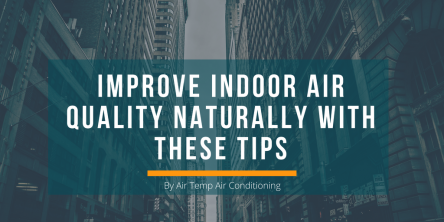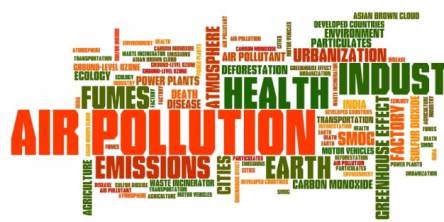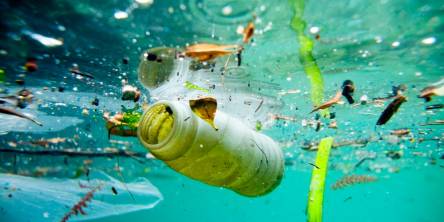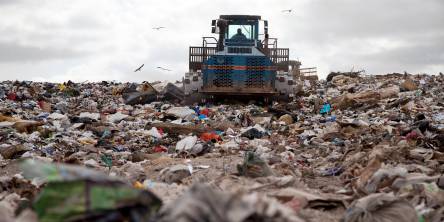Air Pollution in Construction: A Revolutionary Solution to Protect Workers and Communities

The air we breathe is not as clean as it seems. Invisible to the naked eye, tiny particles and noxious gases swirl around us, penetrating deep into our lungs and bloodstream. These pollutants, often imperceptible, are reshaping our health in ways scientists are only beginning to fully understand. From heart disease to dementia, the toll of air pollution is staggering—and it’s a problem that spans continents, affecting nearly every person on the planet.
A Global Health Crisis
Air pollution is responsible for at least 7 million deaths annually, according to global estimates. In Europe alone, fine particulate matter (PM2.5)—particles smaller than 2.5 micrometers in diameter—caused an estimated 238,000 premature deaths in 2020. While this represents a 45% decline since 2005, thanks to stricter regulations and cleaner technologies, 97% of Europe’s urban population still breathes air that exceeds World Health Organization (WHO) safety guidelines.
The health impacts are vast and varied. Short-term exposure can trigger asthma attacks, respiratory infections, and cardiovascular events. Long-term exposure, however, is even more insidious. Studies link chronic air pollution to stroke, lung cancer, chronic obstructive pulmonary disease (COPD), and even conditions like type 2 diabetes, Alzheimer’s, and dementia.
“Air pollution damages health during childhood and increases the risk of diseases later in life,” notes the European Environment Agency (EEA). Children, whose bodies and immune systems are still developing, are particularly vulnerable.
But the burden is not evenly distributed. Lower-income communities often face higher exposure to pollutants, living near busy roads, industrial zones, or relying on low-quality fuels for heating. In Eastern and Southeastern Europe, for example, the combustion of coal and wood in inefficient stoves drives some of the highest PM2.5 levels on the continent.
Particulate matter with a diameter of 2.5 µm or less (PM2.5), particulate matter with a diameter of 10 µm or less (PM10), ozone (O3), nitrogen dioxide (NO2), benzo[a]pyrene (BaP) and sulphur dioxide (SO2). Schematic by the European Environmental Agency.
What makes air pollution so harmful? The answer lies in its ability to infiltrate nearly every system in the body. PM2.5 particles are so small they can bypass the body’s natural defenses, lodging deep in the lungs and even entering the bloodstream. Once there, they trigger inflammation, a biological response that, over time, can damage tissues and DNA.
“When you inhale air pollutants, your body sees those teeny-tiny particles as a threat and tries to expel them ASAP,” explains Loren Wold, PhD, a professor at The Ohio State University College of Medicine who has studied air pollution’s effects for two decades. This inflammatory cascade can lead to a host of chronic conditions, from heart disease to autoimmune disorders.
Emerging research also points to psychological impacts. Long-term exposure to fine particulate matter has been linked to increased risks of anxiety, depression, and schizophrenia. The mechanisms are still being studied, but scientists believe inflammation and oxidative stress—a harmful imbalance of molecules in the body—may play a role.
A Call to Action
The good news is that air pollution, while incredibly complex and hard to tackle, is a realistically solvable problem. The European Union has made significant strides, reducing PM2.5 emissions by 32% between 2005 and 2020. The European Green Deal and Zero Pollution Action Plan aim to cut premature deaths from air pollution by more than 55% by 2030, compared to 2005 levels.
Globally, the upcoming Second WHO Global Conference on Air Pollution and Health in 2025 seeks to galvanize action. Experts emphasize the need for stricter air quality standards, a transition to renewable energy, and better monitoring systems. “Cleaner air will lead to healthier populations, lower healthcare costs, increased productivity, and a more sustainable future,” the WHO asserts.
But individual actions matter, too. Paying attention to the Air Quality Index (AQI)—a tool that measures pollution levels—can help people make informed decisions about when to stay indoors or wear protective masks. For those in sensitive groups, such as children, older adults, and people with chronic conditions, even moderate pollution levels can pose risks. Using portable air quality sensors, like those from Kunak, can provide real-time, localized data to help individuals monitor and respond to pollution levels more effectively.
The fight against air pollution is far from over. While progress has been made, millions continue to suffer from its effects, and the economic costs are staggering—estimated at $8.1 trillion globally. Yet, the solutions are within reach. Stricter regulations, cleaner technologies, and a collective commitment to public health can turn the tide.
As Dr. Wold puts it, “It’s nearly impossible to control something as vast as the air you breathe, but being aware of how it can affect your body—and the little changes you can make to stay a little safer—can go a long way in protecting your health.”
The air may be invisible, but its impact on our lives is undeniable. The question is: How long will we wait to act?
Similar Articles
This article is written purely for providing the knowledge about difficulties faced during recycling boxes or plastic materials. Try to avoid pollution by lessen the use of plastic material.
It is always wrongly assumed that the indoor air quality in a house is pure. There are a number of causes that may be polluting the indoor air quality in your house without even you realizing them. So make sure to know the causes along with the tips to improve the air quality naturally.
Air pollution is one of the most dangerous causes of some of the known and even unknown critical diseases. One cannot prevent himself from dying but with preventive measures, one can certainly remain alert, and stay away from becoming a victim of irreversible health issues caused by air pollution.
The water pollution is the process of contamination of water bodies such as rivers, lakes, ponds, oceans and more. When pollutants which have not been treated to get their harmful compounds decreased enter in the water ecosystem
Landfilling is one of the most ancient methods of waste management which is still used very actively all around the globe. Despite being very unfriendly to the environment, landfill sites store enormous amounts of rubbish either under the ground or directly onto it, exposing the atmosphere to very harmful emissions.
Waste and pollution are problems that have escalated at growing rates in the past decades. It sounds like a cliché, but it happens right before our eyes. As one of the biggest pollutants, plastic plays a significant role in the bigger picture - we can see plastic junk on the beaches, ocean costs, in the ocean, in the rivers, in the woods, fields, even on the streets around us.






